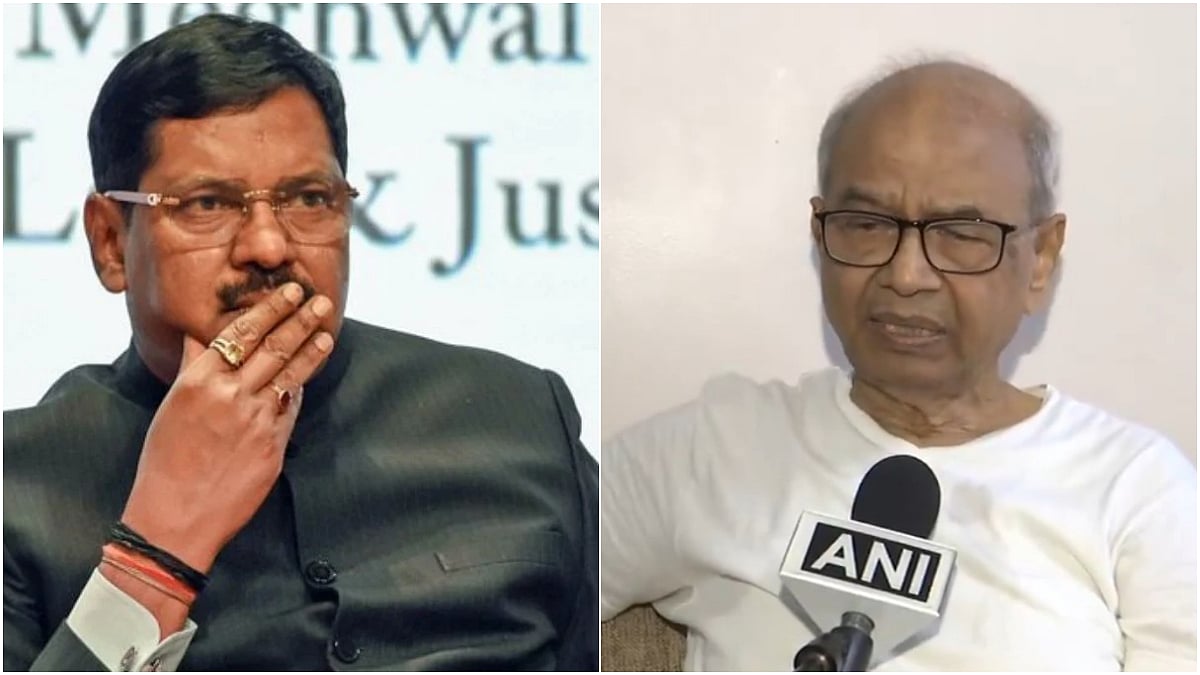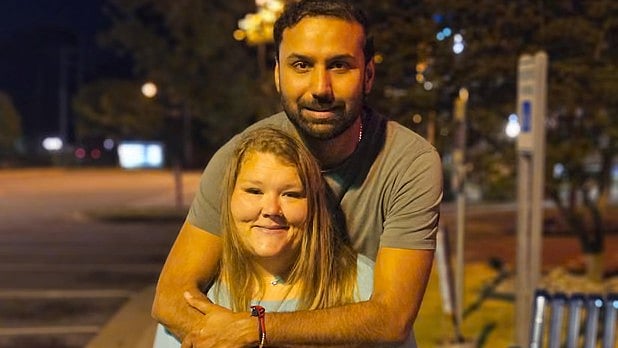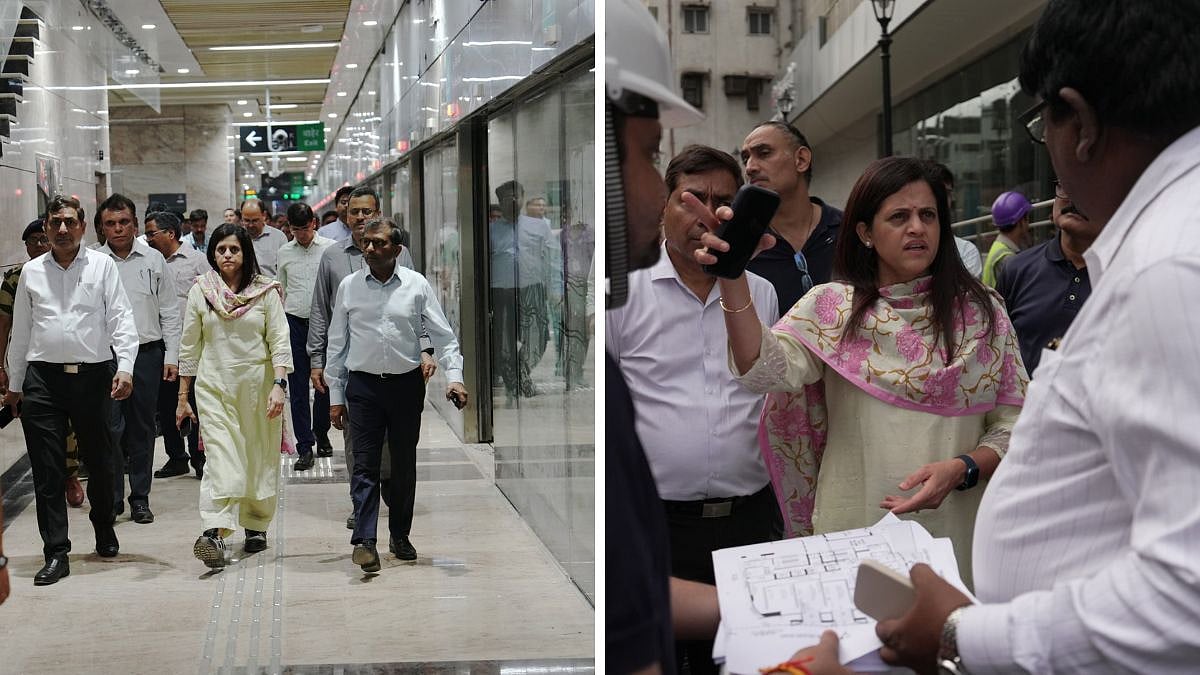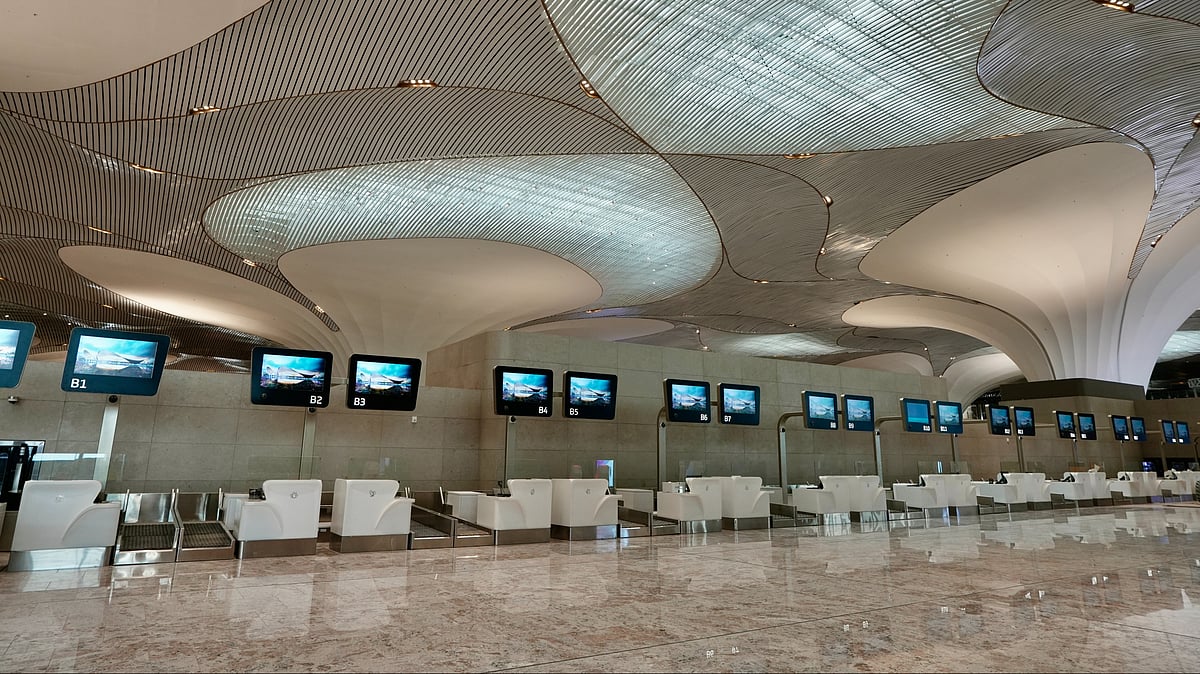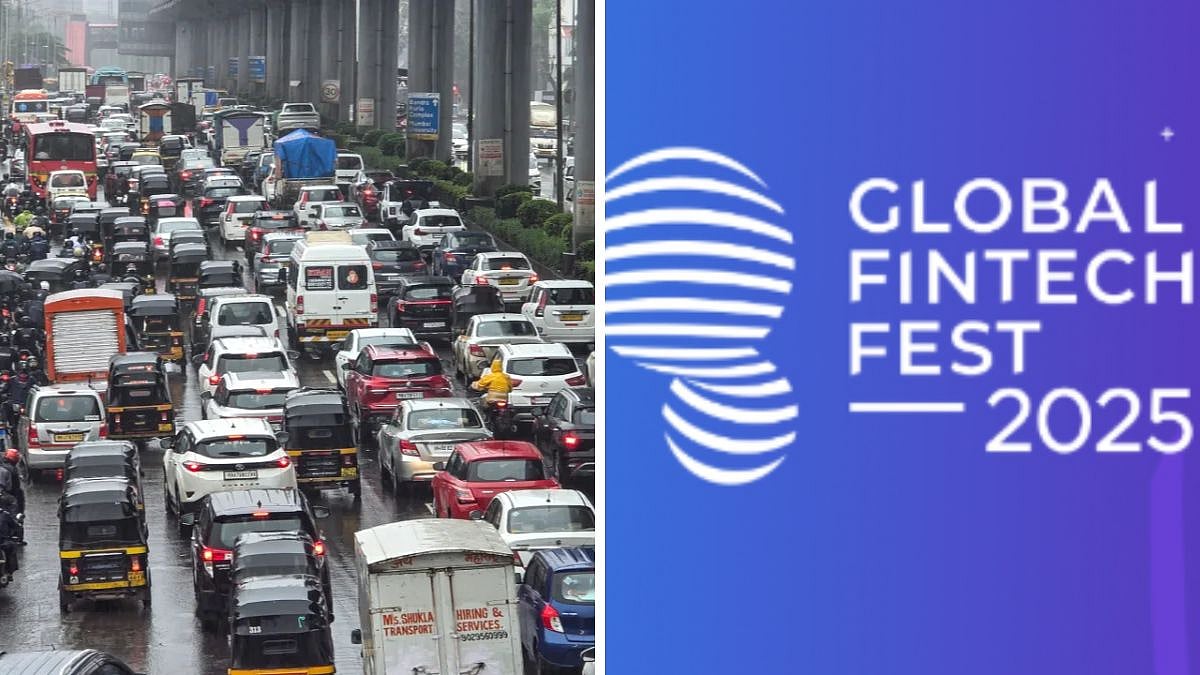Mumbai: Mumbai's commuting landscape is set for a historic transformation as Prime Minister Narendra Modi is scheduled to inaugurate the final and most crucial stretch of the Mumbai Metro Line 3 (Aqua Line) on October 8. This final section, running from Acharya Atre Chowk (Worli) to Cuffe Parade, will complete the city’s first fully underground, 33.5 km Metro corridor, promising to drastically cut travel time across the megapolis.
The opening of this final phase connects the southern business districts with the city's Western and Central suburbs, a route notorious for traffic congestion. Travel time from Aarey to Cuffe Parade is now estimated to be just 54 minutes, a game-changer for daily commuters who rely on overburdened suburban railways and slow-moving road transport.
The Complete Aqua Line: Route & Stations
The fully operational Aqua Line (Metro 3) is a 33.5 km corridor connecting Aarey Colony in the North to Cuffe Parade in the South, featuring 27 stations. The line runs entirely underground, except for the Aarey Depot.
Key interchanges along the route will integrate the Metro with the existing transport network, including stops at Mumbai Central, CSMT Metro and Churchgate for the suburban railways and Marol Naka for Metro Line 1. The line also offers direct connectivity to the Domestic (T1) and International (T2) Airports.
The 11 new stations in the final stretch, moving south from Worli, include Science Museum, Mahalaxmi, Mumbai Central, Grant Road, Girgaon, Kalbadevi, CSMT Metro, Hutatma Chowk, Churchgate, Vidhan Bhavan and the terminus at Cuffe Parade.
Ticketing & Fare Structure
The Mumbai Metro 3 adopts a distance-based fare structure, ensuring affordability for all commuters. According to the fare chart, commuters travelling up to 3 km will be required to pay Rs 10, while those covering a distance between 3 and 12 km will be charged Rs 20. Medium-distance passengers journeying between 12 and 18 km will need to pay Rs 30, and those travelling 18 to 24 km will be charged Rs 40. For longer commutes, fares have been set at Rs 50 for 24–30 km and Rs 60 for 30–36 km.

Although not applicable to the current stretch of Metro 3, the maximum fare for journeys extending beyond 42 km has been capped at Rs 80. Commuters can also use the National Common Mobility Card (NCMC), along with Paper QR and WhatsApp e-tickets for a seamless travel experience.
With a massive expected ridership of over 17 lakh passengers per day, the Aqua Line is not just a transport project; it's a critical infrastructure upgrade poised to redefine North-South connectivity and ease pressure on the financial capital’s road and rail networks.
To get details on exclusive and budget-friendly property deals in Mumbai & surrounding regions, do visit: https://budgetproperties.in/

